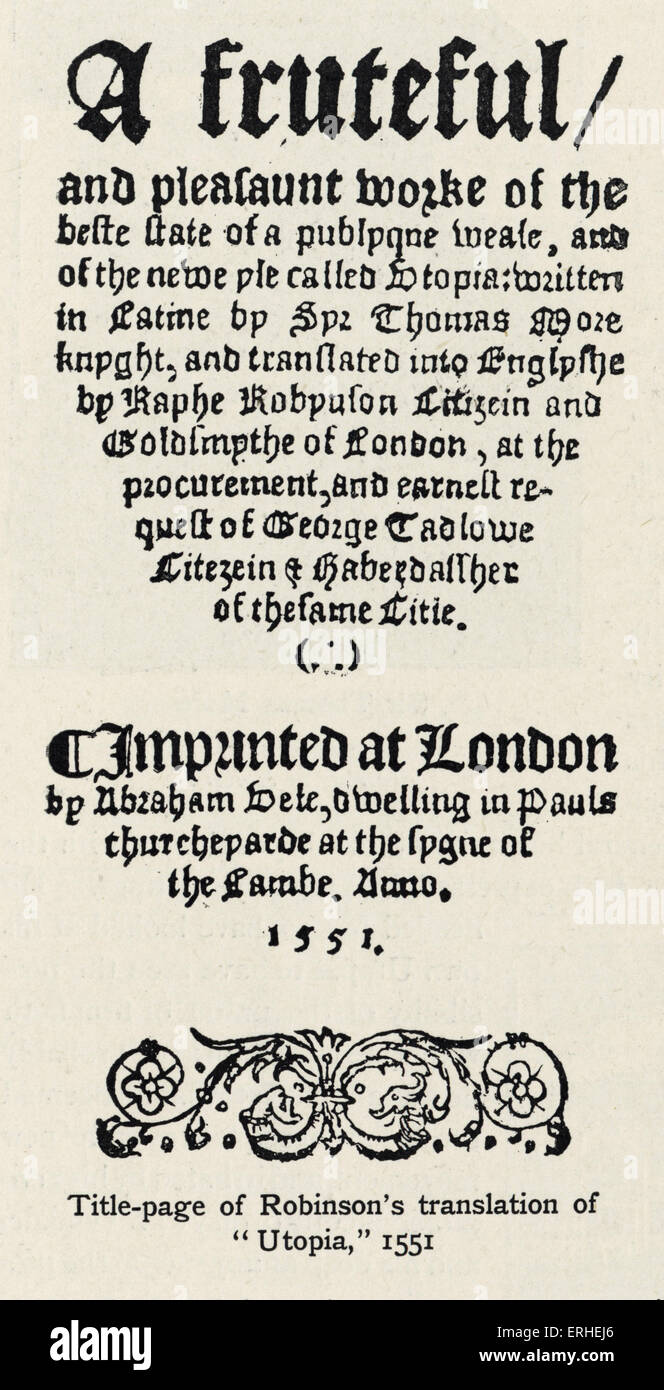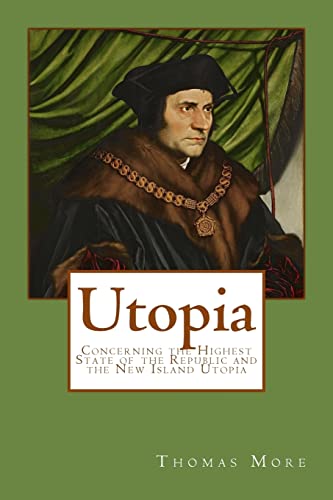
The tenpoint plan of the new world order-1.Chapter 01 - Fundamentals of Nursing 9th edition - test bank.Problem Set Week1 - Week One Assignment.Wong s Essentials of Pediatric Nursing 11th Edition Hockenberry Rodgers Wilson Test Bank.Graded Quiz Unit 8 - Selection of my best coursework.UWorld Nclex General Critical Thinking and Rationales.NY Times Paywall - Case Analysis with questions and their answers.Physio Ex Exercise 8 Activity 3 - Assessing Pepsin Digestion of Proteins.

#Utopia thomas more david wootton professional
Professional Capstone Project (PSY-495).Professional Application in Service Learning I (LDR-461).Curriculum Instruction and Assessment (D171).Human Anatomy & Physiol Lab I (BIO 201).Complex Concepts Of Adult Health (RNSG 1443).Organic Chemistry Laboratory I (CHEM 223).Managing Engaging Learning Environments (D095).Foundational Literacy Skills and Phonics (ELM-305).Introductory Biology: Cell And Developmental Biology (BIOMG 1350).Too often, however, human beings admire what Erasmus calls the "inside-out Sileni" (175), preferring "the mask" to "the face, the shadow to the reality, the artificial to the. Socrates, Jesus Christ, the prophets, and the apostles are all "Sileni": homely, humble, and unworldly, like the original statues of Silenus, but transformed by the divine spirit within. The adage begins as a reflection upon the difference between appearance, so often deceptive, and reality human beings customarily value what looks rich and appealing, scorning the seemingly ugly and base that may contain a metaphoric pearl without price. Hence his choice of "The Sileni of Alcibiades," a particularly serious Erasmian adage, which challenges the warped and misguided values that human beings (in particular the so-called Christians of Western Europe) too often embrace.

But Wootton is less interested in specific connections between the texts that are traditionally paired (the Utopia, first published in 1516, and Erasmus's Praise of Folly-its original title, Moriae Encomium, including a pun on More's name-first published in 1511), than in shared intellectual interests and "a way of thinking about the world" (23). Scholars and critics have long explored the relationship between the two men and debated the extent of Erasmus' influence upon More some have even suspected that Raphael Hythlodaeus, the putative discoverer of Utopia, was based in good part upon Erasmus. In fact the most distinctive element of Wootton's edition is the opportunities it provides of seeing More's Utopia through an Erasmian lens. Wootton highlights the connections between More and Erasmus in another way, adding his translation of "The Sileni of Alcibiades," one of Erasmus's most important adages, which first appeared in 1515, to his translation of the Utopia. The March 1518 edition was accompanied by collections of epigrams by More and Erasmus. Wootton also bases his translation upon the third edition, which was supervised by Beatus Rhenanus and Erasmus and published in Basel by Erasmus's printer, Johann Froben. Just four years ago, for example, a new bilingual edition, modernizing the third edition of More's Utopia (March, 1518), appeared: Thomas More, Utopia: Latin Text and English Translation (Ed. THIS IS AN ATTRACTIVE, compact, and specialized edition of More's Utopia, a work that remains essential for anyone interested in utopian studies and that continues to attract a surprising number of translators and editors. Utopia: With Erasmus's "The Sileni of Alcibiades." Ed.


 0 kommentar(er)
0 kommentar(er)
